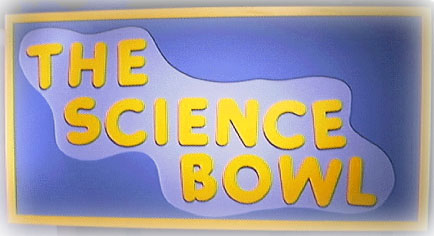2022 Science Bowl Winners
Forte Foote ES was the 2022 Elementary Science Bowl Winner
 The Science Bowl is a weekly game show in which students from different schools compete against each other to test their science IQ. Watch as host Dave Zahren leads elementary and middle school students into battle for the coveted Science Bowl Championship.
The Science Bowl is a weekly game show in which students from different schools compete against each other to test their science IQ. Watch as host Dave Zahren leads elementary and middle school students into battle for the coveted Science Bowl Championship.
Watch the Science Bowl on Youtube
Watch TV96/38 Live and On-Demand
Students can best prepare for the SCIENCE BOWL competition by:
Please plan on arriving at the Bonnie Johns Educational Media Center at 12:30 on your day of taping. We tape three shows during each day of competition. You should expect to be at the Center until 3:30. Parents, relatives and friends are welcome to attend and can view the taping in Room 206, the Interactive Classroom.
The following questions are typical of those used on the SCIENCE BOWL. These questions and answers, which were used before, are not meant for memorization. They are presented to convey SCIENCEBOWL’S style of questioning.